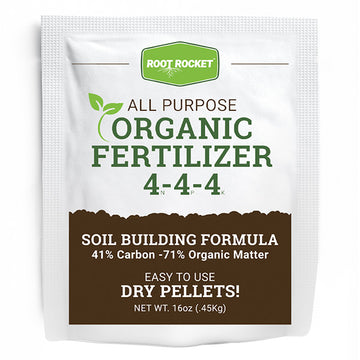Most Ornamental Grasses are adaptable, low maintenance, pest, deer, and disease resistant and drought, heat, pollution, and salt tolerant. Some are even cold hardy. These tough plants add color, texture and contrast to your yard. They are easy to grow and can be used in a variety of ways in the landscape. From grass borders, mixed beds, mass plantings, and feature plants to a unique privacy screen, you can find an ornamental grass to fit your needs.
There are many types of grass to choose from; consider maiden grass, zebra grass, fountain grass, switchgrass, and our very favorite, pink muhly grass! You will find red grass, purple grass, and grasses with blue, pink, green, black and even variegated foliage or blooms. Browse our huge selection of Ornamental Grasses.

